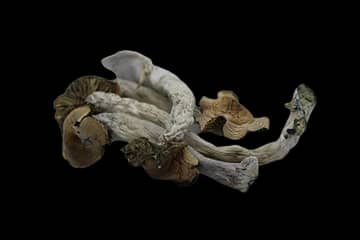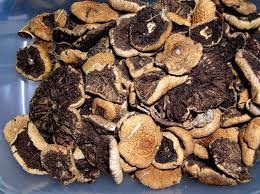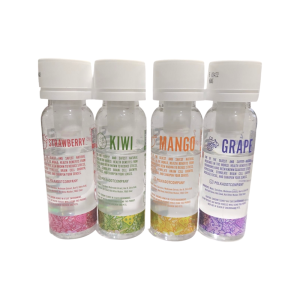Description
TRADITIONAL EFFECTS: Panaeolus cyanescens is one of several Panaeolus mushroom species that is psychoactive. Panaeolus cyanescens contains, on average, psilocin (0.48%) and psilocybin (0.11%), as well as serotonin (0.072%), urea (1.8%), and baeocystin (0.02%); unlike its relatives Panaeolus subbalteatus and Panaeolus sphinctrinus, this species contains only negligible amounts of 5HTP (<0.005%) (Stijve 1992). P. cyanescens was formerly classified as Copelandia cyanescens, as part of a genus created for psilocybin-containing psychoactive varieties of Panaeolus, and it may still be found under this name in older texts.
When ingested, Panaeolus cyanescens produces strong, colorful visual hallucinations and auditory distortions usually lasting from 4-6 hours (Stijve 1992), sometimes up to 7 hours (Cox 1981). In high doses, Panaeolus cyanescens may temporarily interfere with voluntary muscle control (Cox 1981); Samoan informants have also reported that habitual use can cause a rash to form around the neck (Cox 1981), possibly due to the species’ notable urea content (Stijve 1992).
Anecdotal reports from a study conducted in the Netherlands suggested that the hallucinations induced by the oral consumption of P. cyanescens lingered compared to the more fleeting images induced by mushrooms in the Psilocybe genus, allowing users a more leisurely contemplation of this imagery










Reviews
There are no reviews yet.